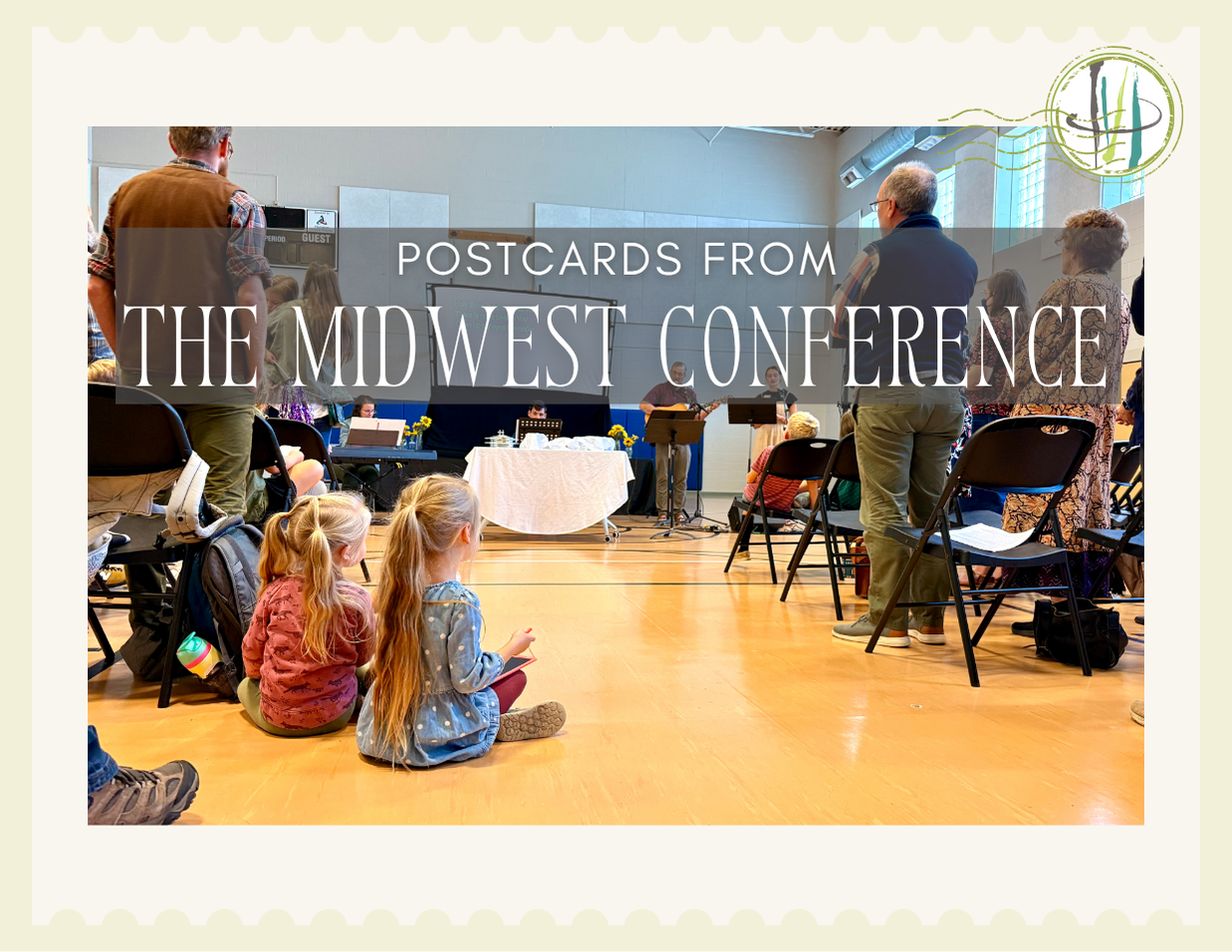Intro: A Hand, a Party, and a Message
Sometimes the most unforgettable lessons come wrapped in the weirdest stories. Picture a royal banquet, a thousand guests, gold goblets, and a king who treats holy things like party decorations. Then a hand – literally – appears and writes a message on the plaster wall. That is the scene from Daniel chapter 5, and it still speaks to us today. Let’s explore it together.
The Party and the Hand: Belshazzar’s Feast
King Belshazzar, son of Nebuchadnezzar, throws a massive party. Instead of thanking God, he parades sacred cups from the Jerusalem temple and uses them to toast idols made of gold, silver, and wood. In the middle of revelry, a mysterious hand appears and writes on the wall near the lampstand.
The king turns ashen, his knees knock together, and terror sweeps the palace. The wisest magicians, astrologers, and enchanters are summoned but cannot read the writing. Panic spreads. The smartest people in the room are stunned because the message comes from a place they cannot access: the holy judgment of God.
Daniel’s Courage and the Truth He Speaks
At the queen’s suggestion, Daniel is brought before the king. Daniel has already served Nebuchadnezzar and is known for wisdom given by God. Belshazzar offers reward and honor if Daniel can interpret the message, but Daniel refuses the gifts and chooses to speak truthfully.
Rather than flattering the king, Daniel gives him a history lesson that cuts to the heart. He reminds Belshazzar of his father’s pride. Nebuchadnezzar had exalted himself and was humbled by God until he acknowledged that the Most High rules over the kingdoms of men. Belshazzar, however, had not learned humility.
Daniel rebukes the king for taking what was holy and treating it like decoration, for praising eyes, ears, and silent idols, and for forgetting the God who holds life in his hands. Then he reads the words on the wall.
The Words: Mene, Mene, Tekel, Parsin
Daniel reads four words: mene, mene, tekel, parsin. Each word functions as both a literal weight or measure and a spiritual warning.
- Mene — numbered. God has numbered your days and brought them to an end.
- Tekel — weighed. You have been weighed on God’s scales and found wanting.
- Parsin (Peres) — divided. Your kingdom will be divided and given to others.
Daniel speaks with courage and clarity. That very night the kingdom falls and Belshazzar dies. The writing on the wall was not a riddle to ignore. It was an urgent, divine verdict.
Scripture Is Our Writing on the Wall
What does this ancient scene mean for us? Paul gives direction in his letter to Timothy:
All scripture is God breathed and is useful for teaching, rebuking, correcting, and training in righteousness so that the servant of God may be thoroughly equipped for every good work.
2 Timothy 3:16-17
Scripture serves as our modern handwriting on the wall. It teaches us when we stray, corrects us when we are wrong, rebukes pride, and trains us in righteousness. Paul also warns Timothy to preach the word in season and out of season, correcting and encouraging with patience because people will often prefer teachers who tell them what their itching ears want to hear rather than what they need to hear.
Judgment and Grace: Two Sides of God’s Hand
Belshazzar’s story shows the justice of God. Pride has consequences. Sin is not without effect. But the gospel declares another reality: where a handwriting of judgment once condemned us, the cross speaks mercy.
Through the cross God canceled the record of the charges against us and took it away, nailing it to the cross.
Where Belshazzar read doom, we see forgiveness. Instead of Mene, Mene, Tekel, Parsin, the redeemed heart hears words like forgiven, redeemed, beloved, and sent. The same hand that wrote judgment can also reach out in mercy. The ink of our guilt was erased by the blood of Jesus.
So What Is God Writing on the Wall of Your Life?
The question is simple and urgent: are you willing to see – and hear – what God is saying?
Maybe God’s handwriting is:
- A call to humility and repentance
- A correction to stop treating sacred things like decorations
- An encouragement that even in exile or hardship he has not forgotten you
- An invitation to use your gifts, like Daniel, to bring truth and light into darkness
Practical Ways to Read the Writing
- Make scripture your habit. Read and reflect so God’s word shapes your vision and decisions.
- Welcome correction. When truth stings, lean in and ask God what he wants to change in you.
- Speak truth with love. Like Daniel, courageously tell the truth, but do it with humility.
- Choose grace. If the cross has erased the charges against you, live as someone sent to share that mercy.
Closing Prayer
Father, open our eyes to see your hand at work. May we have ears to hear what you would have us hear. May we receive what your Spirit would say to us today. Keep us grounded and rooted in you, that we may be courageous in what you would have us do. In Jesus name, amen.







